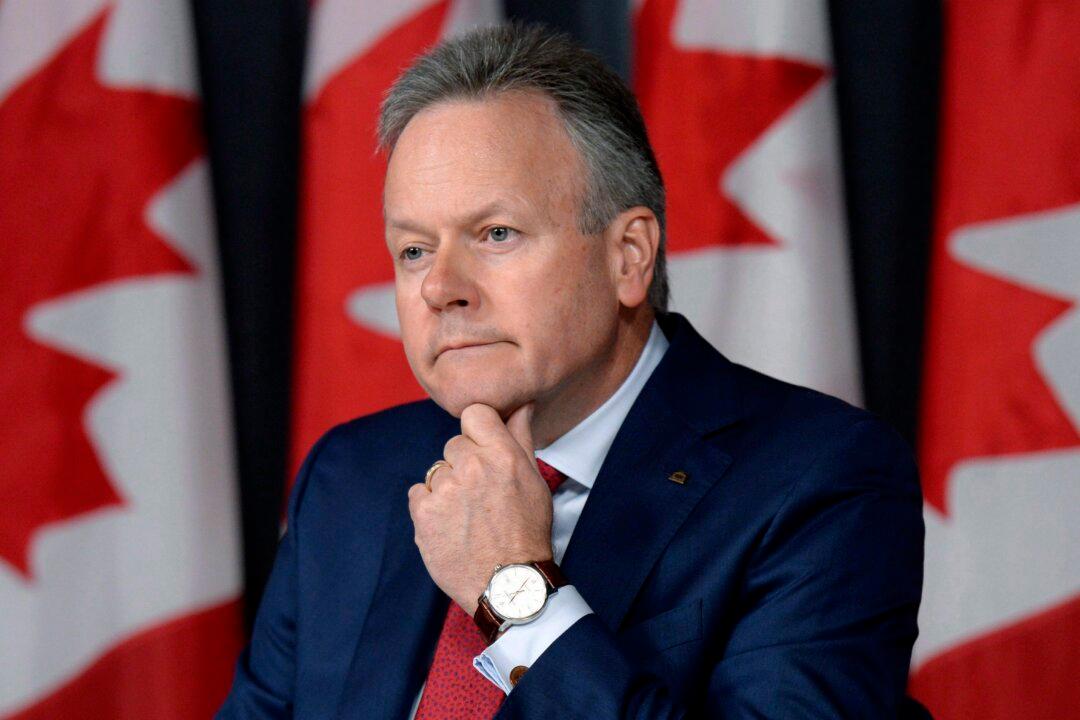OTTAWA—The Bank of Canada is worried about the hole the Canadian economy fell into during the second quarter of 2016, but expects a strong rebound in the second half of the year.
In its Sept. 7 interest rate decision, Canada’s central bank highlighted the Q2 underperformance in exports after factoring in lower U.S. business investment spending. The BoC appears to be more doubtful than ever about its exports recovery narrative and suggested that the economy’s growth profile will be lower than it projected in July.
As expected, the BoC held its key rate at 0.50 percent admitting, “The risks to the profile for inflation have tilted somewhat to the downside since July.” Bloomberg’s survey of 21 economists showed unanimous belief that there would be no change in rates on Sept. 7. But if anything now, the Bank’s dovish tone will give financial markets reason to believe a rate cut is slightly more likely.
In holding rates steady, the Bank is projecting a “substantial rebound” in the second half of 2016 spurred by the recovery in oil production after the devastating Alberta wildfires and the boost to consumer spending from the Canada Child Benefit payments. But this is a temporary boost; the growth trend is likely to be lower as exports underwhelm.
Positive Signs
Canada’s second-quarter economic growth came in worse than the BoC projected in July. The 1.6 percent drop was higher than the 1.0 percent expected partially because of “a drop in exports that was larger and more broad-based than expected,” said the BoC.
Exports suffered an outsized drop of 18.5 percent in Q2, but preliminary readings for July are cause for some optimism.





